Since being invented in the late 1970s by Leslie Scott (in the African Ghana) and successfully introduced in department stores in the USA in 1986, the famous Jenga game has become popular internationally. Nowadays, it’s widely accepted, helping kids, teenagers and young people to have fun, come together more often, communicate and relax, switching off from the internet, social networks and mobile games. This way, you can be related to nature, playing outdoors, in all weathers.

Genga helps children to evolve their powers of mind, some physical skills. During the game, you are to develop the strategy, trying to build the highest tower or let it fall down. However, it shouldn’t be too easy or too complicated. So, let’s check, how to make Jenga tiles smooth and add sincere fun to the party.
Table of Contents
The Nature of Jenga Components
Originally, the set designed for playing Jenga includes 48-54 blocks. They are to be precision-crafted, in order to ensure the best playability, safety and usability. Quite naturally, the items are made of top-quality, natural wood. Meanwhile, different timber species can be used to this effect, like pine or fir. Commonly, soft timber is selected for the items’ manufacturing, while hardwood, especially dense timber, can be also acceptable. These items would be more durable than the ones made of the common materials.
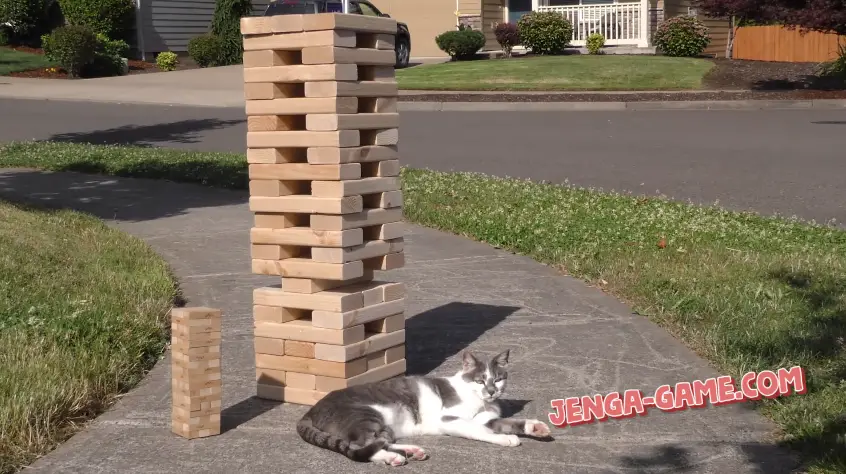
Jenga Blocks’ Dimensions
When it goes about the sizes, they can be different. Initially, Jenga rules (original ones) imply that the dimensions are to be 2.95” * 0.98” * 0.59”. The wooden bricks’ length is to be 3 times more than the width, 5 times more than the thickness. However, nowadays, various sizes are acceptable, including:
- 2” * 3”;
- 2” * 4”;
- 3” *3”.
The Tiles’ Surface
In terms of the surface, the tiles are to be perfectly finished and polished. It’s essential for the player’s safety, to avoid the possibility to run a splinter into the finger. Additionally, when the surface is rough, it would be easier to build a tower, but not so amusing, as the wooden bricks would be too stable, and the game would be less amusing or entertaining.
Quite naturally, you can make DIY pieced of wood easily, cutting a strip of board into tiles, and treating the surface properly, making the items slippery, meeting the game standards.
3 Ways to Make the Jenga Components Smooth and Even
If you prefer to produce your DIY game set or improve the ready-made one:
- apply some wax, satin finish solution or polyurethane;
- sand the surface down;
- cut extremely thin wood layers with a planer.
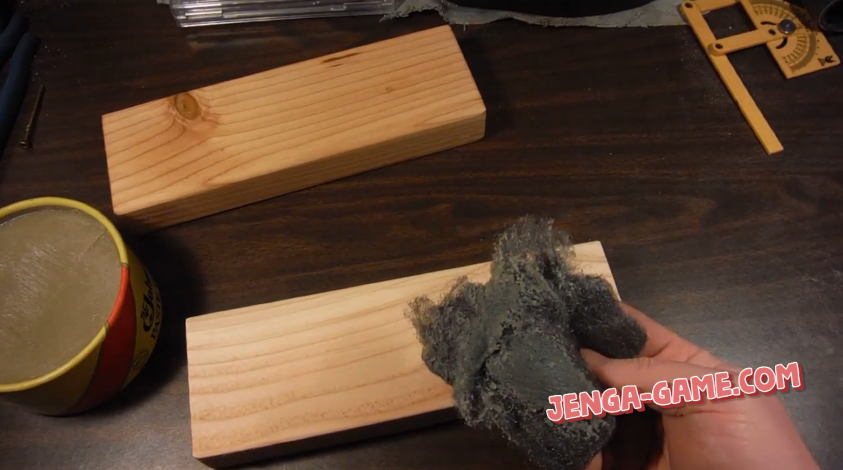
Actually, it’s desirable to smooth the items with the sandpaper, at first. For better results, select the tiniest-grit size paper. The grit sizes can vary from 80 to 320. Meanwhile, the heavier the blocks are, it’s more difficult to move them. Therefore, large and heavy items are to be sanded with 220-320 grit paper; 80-grit can be sufficient for smaller ones.
Afterward, a medium can be applied to make the surface more slippery. Candle wax is well-suited for this purpose. The special satin finish is acceptable, as well. Thus, several coats of natural wax can make the surface really slippery and even. This way, friction between the pieces is significantly reduced, and it would be easier to disturb the balance.
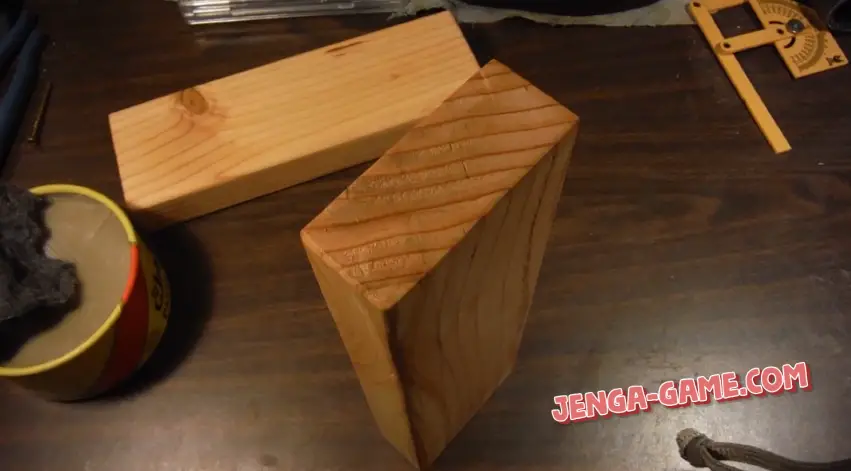
Additionally, you can paint the tiles with bright colors, using markers, adding the spray to the sides. Kids can paint ornaments on the face front. The most popular ones are flowers, rainbows, balloons. You can also write various questions on the tiles, humorous and thoughtful ones. The person that pulls the block, should answer it or perform the task that is written on the surface.
DIY Components Issues
Actually, the natural material’s texture is grainy and not too smooth. Thus, any of the blocks within the tower can be stubborn, difficult to pull. Producing and polishing them only seems to be so easy and intuitive. The reputed producers have the unparalleled experience and know the professional nuances on the items size, dimensions, weight and texture. For example, the pieces should not be completely identical, some tolerances are acceptable, but only the professionals are aware of the error limits.
Due to the special, natural material texture, its imperfections, the game is so captivating. Additionally, wood absorbs moisture, and natural variations of weight are possible. Therefore, playing Jenga outdoors when it’s raining or sunny is completely different, but, anyway, funny and exciting.

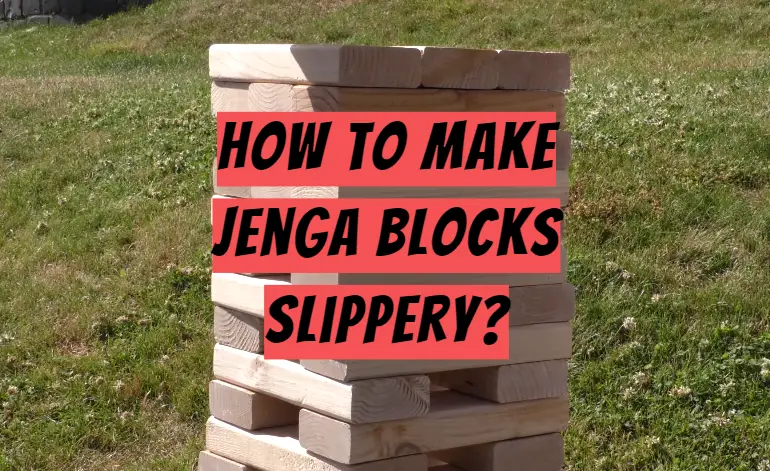

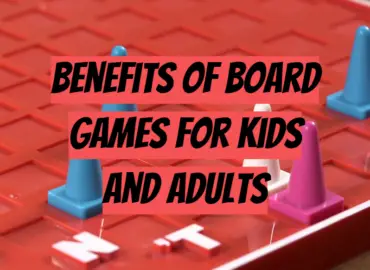



I had no idea that Jenga game pieces needed routine care and maintenance but it makes perfect sense! I know I have a few pieces that are rough and always getting stuck.